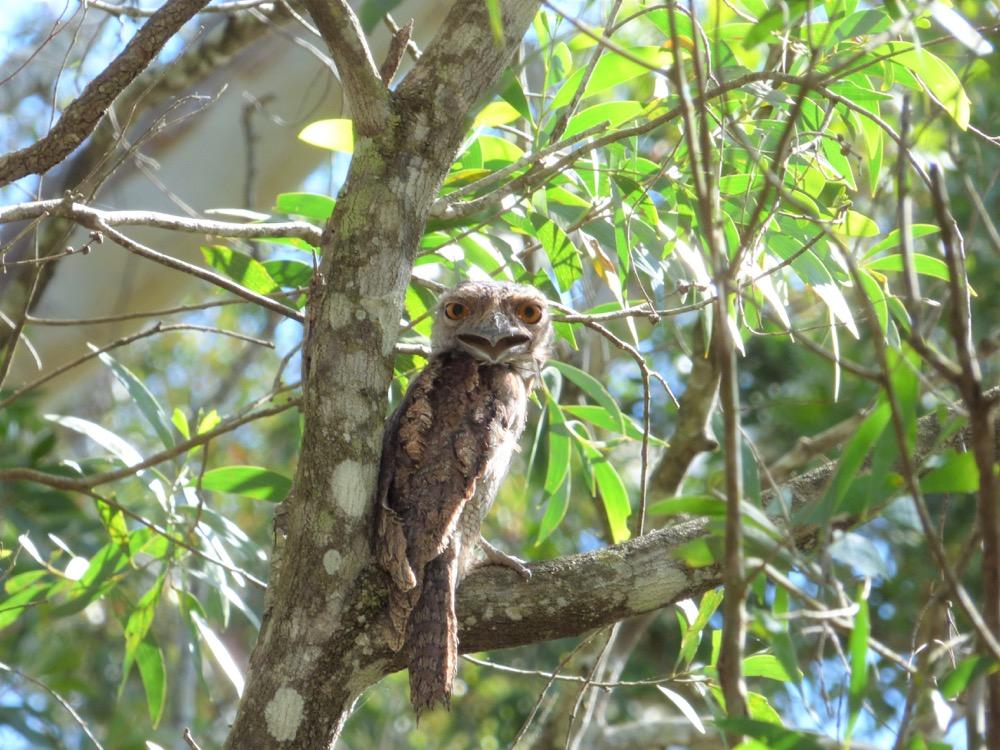Native Foresters were engaged to conduct fauna surveys at a number of Environmental Reserves and Environmental Levy acquisitions across the Sunshine Coast region.
The surveys targeted mammals and reptiles within the reserves’ different habitat types, with a particular focus on koalas and species listed under the EPBC Act (1999) and NC Act (1992).
The survey methodology used was consistent with the Terrestrial Vertebrate Fauna Survey Guidelines for Queensland (DSITIA, 2012) and involved:
- Fauna trapping using Elliott traps, Herptile funnel traps, Harp traps and Camera traps;
- Microbat call detection and acoustic analysis;
- Opportunistic observations (active and passive search);
- Nocturnal spotlight surveys for reptiles / arboreal mammals;
- Comparisons of habitat condition pre and post fire;
- Comparisons of habitat condition pre and post wet season;
- Providing recommendations for reserve management, including threats and opportunities for conservation significant species.
Field surveys were conducted over five nights and six days by a specialised team of mammal and reptile specialists, bat specialists and ecologists and replicated each season (autumn and spring) over a period of two years.
Sites surveyed – Brannocks Ecological Reserve, Bobbie Sattler Ecological Reserve, Annie Hehir Environmental Reserve, Coochin Creek Environmental Reserve, Racecourse Road, Sippy Creek Road, Maleny Southern Wetlands.











